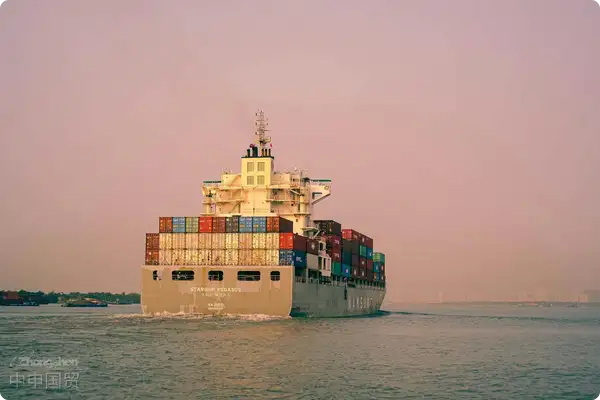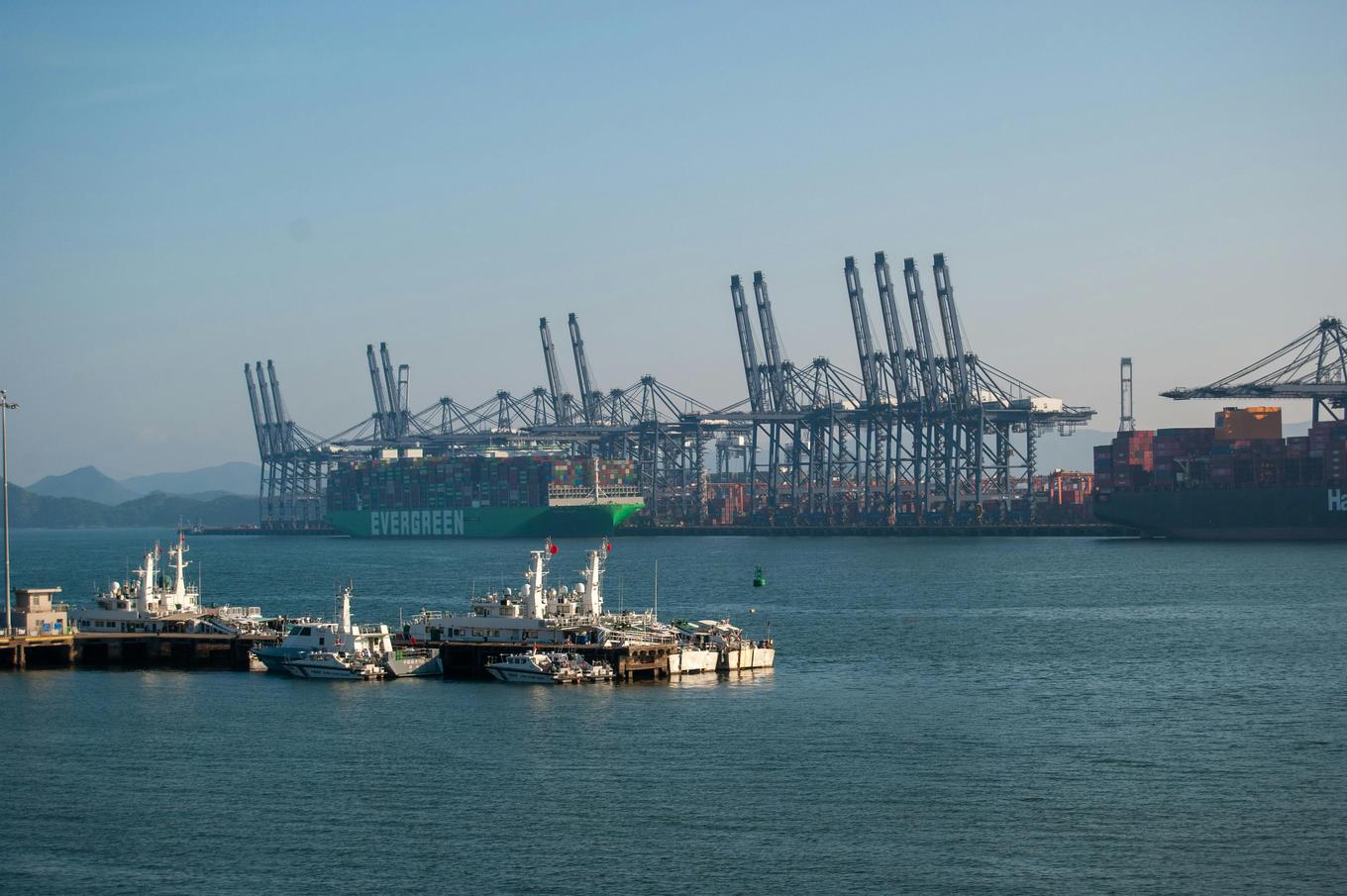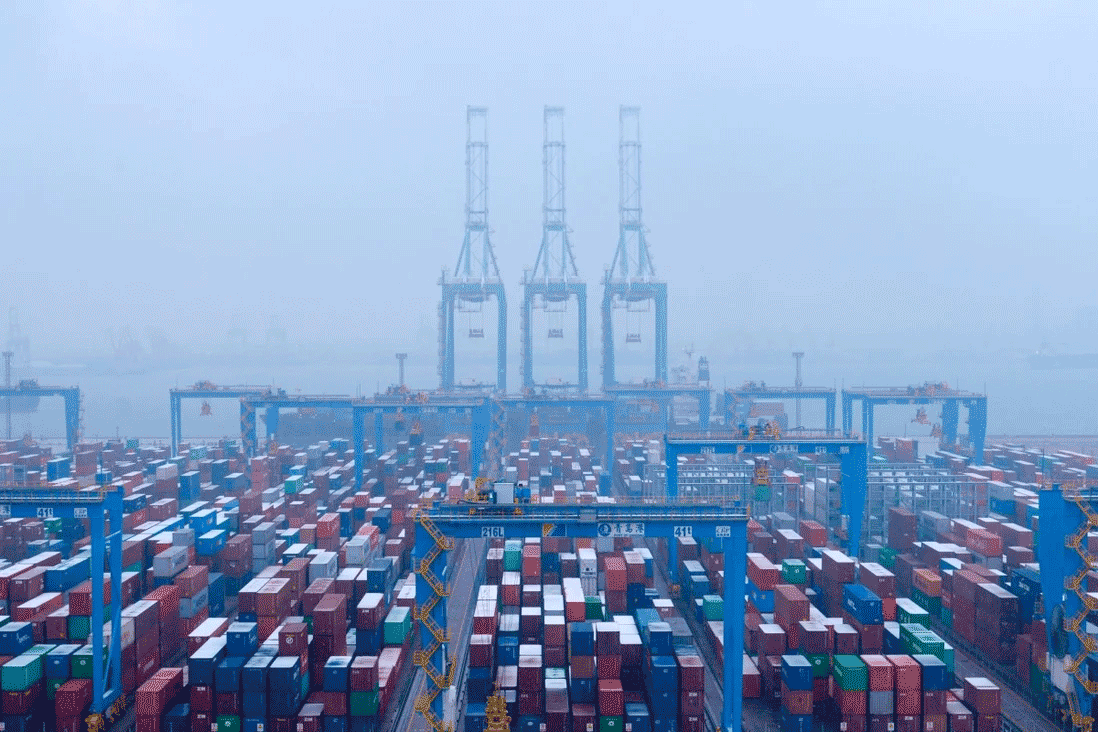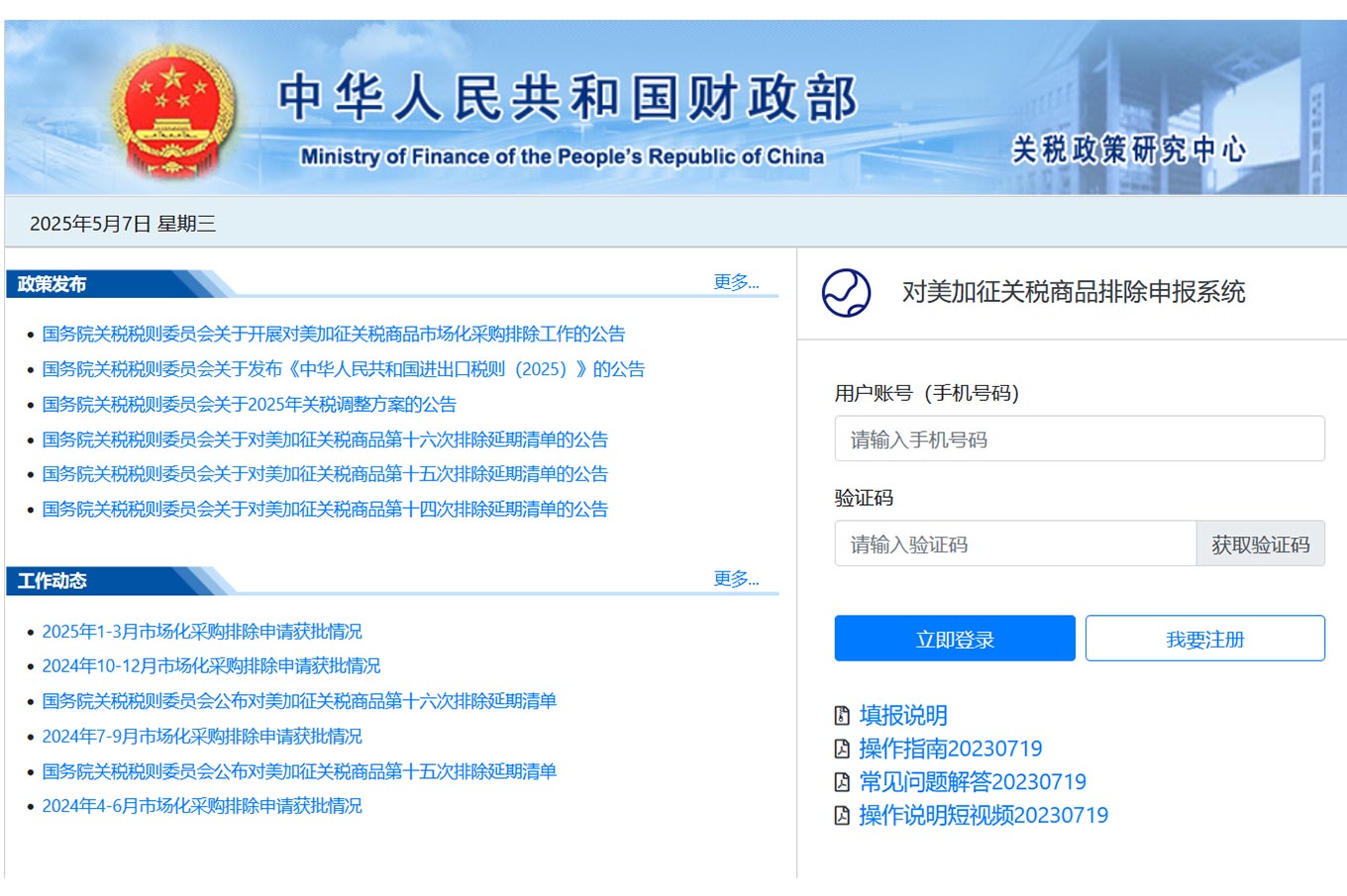- Shanghai Zhongshen International Trade Co., Ltd. - Two decades of trade agency expertise.
- Service Hotline: 139 1787 2118

The reversal of South Koreas export situation poses new challenges to its economy
Data released by the South Korea Customs Service on April 21 showed that in the first 20 days of April, 2024, South Koreas foreign exports decreased by 5.2% year - on - year, in sharp contrast to the 5.5% growth in the same period in 2023. The decline in export data highlights the uncertainty of the global trade environment. Analysts believe that the rise of trade protectionism and global supply chain risks are putting pressure on export - oriented economies. The South Korean Ministry of Finance then announced that it would extend the fuel tax reduction policy until the end of June, trying to ease the pressure of rising prices and slowing demand. The extended policy adjusted the tax reduction rates for gasoline, diesel, and liquefied petroleum gas.
Exports of fruits, vegetables, and rice in Southeast Asia face pressure
Vietnams Customs Online and the Vietnam News Agency reported that in 2024第一季度, Vietnams fruit and vegetable export value dropped to $1.164 billion, a year - on - year decrease of 9.2%. Exports to China dropped significantly by 31.3% to $521 million. During the same period, although the rice export volume increased slightly by 0.6%, the export value decreased by 19.7% to $1.14 billion. The main rice export market is still the Philippines, accounting for 42.1%. Multiple factors have put pressure on Vietnams agricultural and food export efficiency in the short term.
India and Nepal adjust their export structures
Affected by the tariff friction between China and Canada, India has started to accelerate the export of rapeseed meal to China. The relevant industry hopes that China will relax some import restrictions. It is expected that this move will bring an export increase of more than 10 billion rupees to India. Data from relevant Nepalese departments show that in the first 8 months of this fiscal year, the total value of automobiles imported from China has exceeded 7 billion rupees, and the number has reached 2,724, indicating the growth of regional demand for new energy transportation products.New energyChanges in the energy and clothing export markets
Affected by the voluntary production - cut policy of OPEC+, Iraqs oil and its derivatives export volume in 2024一季度 decreased by 3% year - on - year, and the daily export volume decreased from 3.81 million barrels to 3.7 million barrels. At the same time, facing the threat of reciprocal tariffs from the US, the Sri Lankan clothing industry association predicts that if the policy is implemented, exports to the US will decrease by at least 25%, increasing the survival pressure on small and medium - sized clothing enterprises.
The US imposes tariffs to strengthen trade protection
The US Department of Commerce announced on April 21 that it will impose counter - vailing and anti - dumping duties of up to 3,521% on crystalline battery products from Cambodia, Malaysia, Thailand, and Vietnam. The intensity of anti - dumping and counter - vailing duties is unprecedented. Trade protection measures not only cover the photovoltaic field. The US also strongly requires Japan to expand imports from the US in areas such as agricultural products and automobiles, and launches a national security investigation into imported trucks and their parts, laying the groundwork for subsequent tariff - increasing actions.
The South American and African markets show resiliencephotovoltaicBattery products are subject to unprecedented anti-dumping and countervailing duties of up to 3521%. These trade protection measures not only cover the photovoltaic sector, but the U.S. is also aggressively demanding Japan to increase imports of American agricultural products and automobiles, while launching a national security investigation on imported trucks and their components, laying the groundwork for potential tariff increases.
South American and African markets demonstrate resilience
In March, Argentinas imports increased by 38.7% while exports slightly decreased by 2.5%, leading to a narrowing of the trade surplus to $323 million. Uruguays service exports have been growing for four consecutive years. In 2024, the total amount reached $6.948 billion, accounting for one - third of the total exports, reflecting the effectiveness of its economic restructuring. Ugandas export revenue in February increased by 32.3% year - on - year due to the growth of exports of agricultural products such as coffee and cocoa, demonstrating the competitiveness of African agricultural products in the global market.
The global trade outlook is complex, with both risks and opportunities coexisting.
Latest from multiple countries around the worldforeign tradeData shows that the export market is clearly differentiated. Trade protectionism continues to grow, and there are different performances among countries in the adjustment of the industrial chain, as well as in energy and agricultural product exports. Experts believe that in the short term, there are still many uncertainties in the global foreign trade situation. Export - oriented economies need to accelerate structural adjustments and strengthen diversification strategies to cope with the complex situation and volatility risks in the global market.
Related Recommendations
? 2025. All Rights Reserved. Shanghai ICP No. 2023007705-2  PSB Record: Shanghai No.31011502009912
PSB Record: Shanghai No.31011502009912










